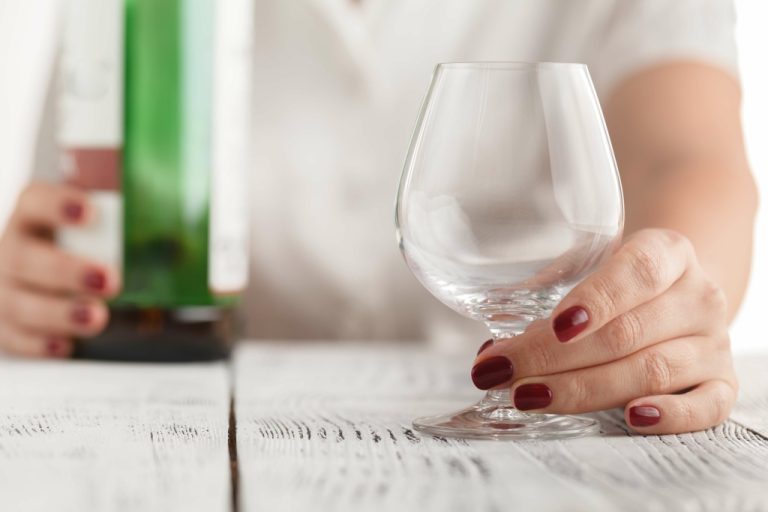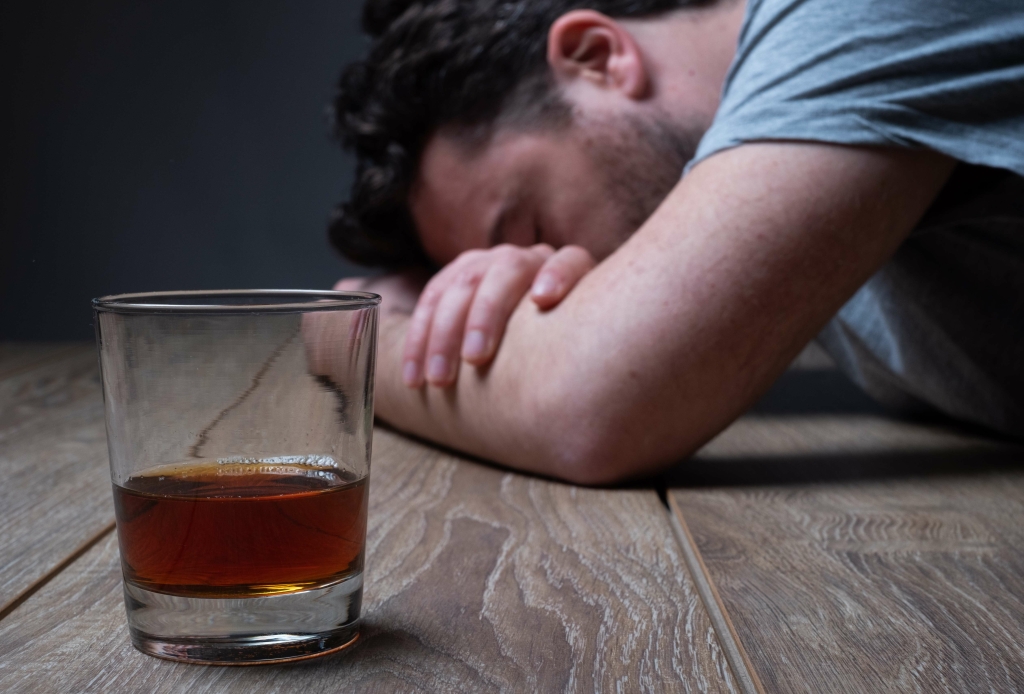Content
The Commission on Accreditation of Rehabilitation Facilities, known as CARF, is a nonprofit organization that offers accreditation of rehabilitation and behavioral health centers. In order to receive a CARF accreditation, facilities alcoholism recovery timeline must meet a variety of requirements. A CARF-accredited facility demonstrates high-quality programming and treatment that is tailored to the individual. In this review, 27 studies were looked at, with a combined 10, 656 participants.

Our team sources data from the National Center for Education Statistics and the U.S. We also pull information from reputable professional organizations and education providers’ direct websites. Our rankings use a strict methodology to determine the best schools, programs or bootcamps for each category. It https://ecosoberhouse.com/ can be helpful to review alcohol recovery statistics to gain a better understanding of which factors contribute to positive outcomes and higher alcohol recovery rates. 60% of all Americans with an alcohol use disorder will be able to avoid drinking and a relapse into alcoholism two years after treatment.
Caron Outpatient Treatment Center
Even so, even the cheapest graduate schools require a large financial investment. When evaluating the cost of your education, consider your financing options as well. Submitting the FAFSA could qualify you for federal loans, grants and work-study programs, plus scholarships at the national, regional and institutional levels. If you wish to work in a specific subfield of counseling or addiction counseling, choose a program that would help you develop expertise in your area of interest through a specialization or mentorship with a faculty member. Each state sets its own requirements for the degrees, course content and internship hours required to become an addiction counselor.
Learn how many people ages 12 to 20 engage in underage alcohol misuse in the United States and the impact it has. Preparation of this manuscript was supported in part by NIAAA grant AA12718 and by the Department of Veterans Affairs Health Services Research and Development Service. We thank Bianca Frogner, Ilana Mabel and Christine Stansbury for their help in data collection and Mark Ilgen, John McKellar, Kathleen Schutte and Christine Timko for their helpful comments on an earlier draft of the manuscript. Opinions expressed herein are those of the authors and do not necessarily represent the views of the Department of Veterans Affairs. Explore Mayo Clinic studies testing new treatments, interventions and tests as a means to prevent, detect, treat or manage this condition.
Predictors of relapse after remission
Negative thinking can make recovery less likely and can make relapse more likely. Many states require at least a master’s degree for addiction counselor licensure, so most prospective addiction counselors should pursue master’s degrees in the field. A general counseling degree with addiction-specific courses may meet some states’ licensing requirements, but in many cases, addiction counseling is the most suitable major.
- Each state sets its own requirements for the degrees, course content and internship hours required to become an addiction counselor.
- By implementing the strategies discussed in this blog post, individuals can effectively manage and overcome alcohol relapse, ultimately achieving lasting success in their recovery journey.
- Located on the historic peninsula of Charleston, South Carolina, Lantana Recovery takes a modern approach to Substance Use Disorder treatment, offering intensive clinical care while also immersing our clients in local Charleston culture.
Mindfulness training, a common component of cognitive behavioral therapy, can help people ride out their cravings without acting on them. Cravings are the intense desire for alcohol or drugs given formidable force by neural circuitry honed over time into single-minded pursuit of the outsize neurochemical reward such substances deliver. Cravings vary in duration and intensity, and they are typically triggered by people, places, paraphernalia, and passing thoughts in some way related to previous drug use. But cravings don’t last forever, and they tend to lessen in intensity over time. Researchers have studied the experiences of many people who have recovered from substance use and identified key features of the recovery process. One widely used model can be summed up in the acronym CHIME, identifying the key ingredients of recovery.
How The Coronavirus Pandemic Has Affected Substance Abuse
Typically, alcohol withdrawal symptoms happen for heavier drinkers. Alcohol withdrawal can begin within hours of ending a drinking session. Experts think this occurs because the neural circuits involved in stress and mood are the same circuits involved in the brain’s reward system. For this reason, stress can trigger the same brain circuits that were triggered when you sought alcohol in the past. This means stress can lead to cravings, which can lead to a relapse. Different types of relapses exist, including short-term slips, lapses and longer-term relapses.
Among treated individuals, short-term remission rates vary between 20 and 50%, depending on the severity of the disorder and the criteria for remission [1,2]. Initial studies suggested that between 5 and 45% of untreated individuals with alcohol use disorders may achieve some improvement or remission [3,4]. Subsequent studies estimated untreated remission rates to range from 50 to 80% or more, depending on the severity of alcohol problems. However, these studies focused primarily on general population or media-recruited samples; that is, on individuals who had not initiated help-seeking and who may have had less severe and as yet unrecognized problems [5,6]. Many people with alcohol problems and their family members find that participating in support groups is an essential part of coping with the disease, preventing or dealing with relapses, and staying sober.
Each stage of the recovery process has its own risk factors for relapse, so relapses can happen even when the person has been in recovery for a decade. Many people who are in recovery from alcohol addiction struggle with the stigma and judgments that can come from other people. There is some evidence that placing people in recovery into community-based facilities with other people who are also in recovery can help to reduce the impact of this stigma and improve recovery rates. Although the majority of people with alcohol dependence are not seeking treatment, a significant percentage are. The UK government has tracked the immediate (not long-term) success rate of treatment for alcohol addiction.

They may know something about the person’s deepest aspirations and voice them as a reminder that can help the person remain on the road to recovery. And they can help plan healthy joint activities to ensure that there are good days. For some people, committing to complete abstinence is not desirable or is too daunting a prospect before beginning treatment.

